The Original Hydrangea: A Look Back At The History Of This Beautiful Flower
The Original Hydrangea: A Look Back at the History of This Beautiful Flower
Hydrangeas are some of the most popular flowers in the world, beloved for their large, colorful blooms. But did you know that the history of hydrangeas dates back millions of years?
In this blog post, we'll take a look back at the history of hydrangeas, from their origins in Asia to their popularity in the West. We'll also explore some of the different types of hydrangeas, and how to care for them.
Origins of Hydrangeas
The earliest known fossils of hydrangeas date back to the Paleogene period, about 66 million years ago. These fossils were found in North America, which suggests that hydrangeas originated in this continent.
Hydrangeas were also cultivated in Japan for centuries. In fact, the Japanese name for hydrangea, "ajisai," is thought to be derived from the Chinese word "aji," which means "water jar." This is a reference to the shape of hydrangea flowers, which resemble water jars.
Hydrangeas in the West
Hydrangeas were introduced to Europe in the 17th century, and they quickly became popular. In the 18th century, hydrangeas were brought to North America by colonists.
Hydrangeas were originally grown for their medicinal properties. The roots and rhizomes of hydrangeas were used to treat urinary tract infections, kidney stones, and enlarged prostate.
However, hydrangeas were soon prized for their beauty as well. In the 19th century, hydrangeas became popular garden plants. They were also used in flower arrangements and bouquets.
Different Types of Hydrangeas
There are over 70 species of hydrangeas, and they come in a wide variety of colors, shapes, and sizes. Some of the most popular types of hydrangeas include:
- Smooth Hydrangea (Hydrangea arborescens): This type of hydrangea is native to North America. It has white or pink flowers that bloom in the summer.

- Oakleaf Hydrangea (Hydrangea quercifolia): This type of hydrangea is also native to North America. It has large, oak-shaped leaves and blue or pink flowers that bloom in the summer.
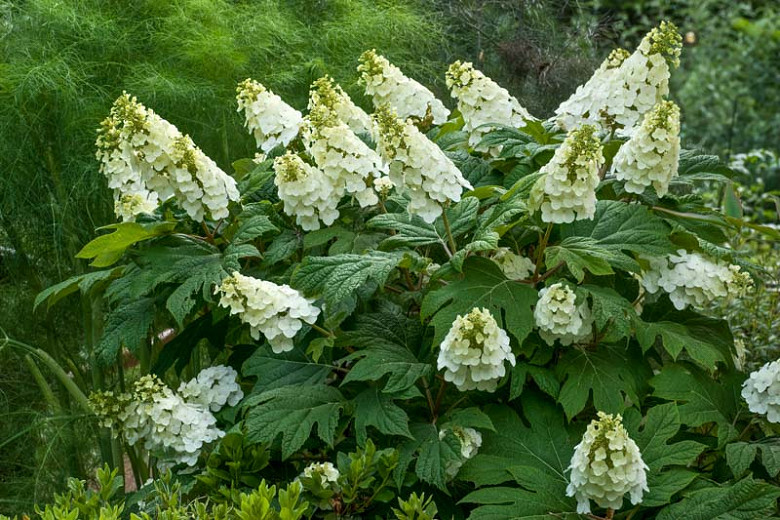
- Bigleaf Hydrangea (Hydrangea macrophylla): This type of hydrangea is native to Asia. It has large, round flowers that bloom in the summer.
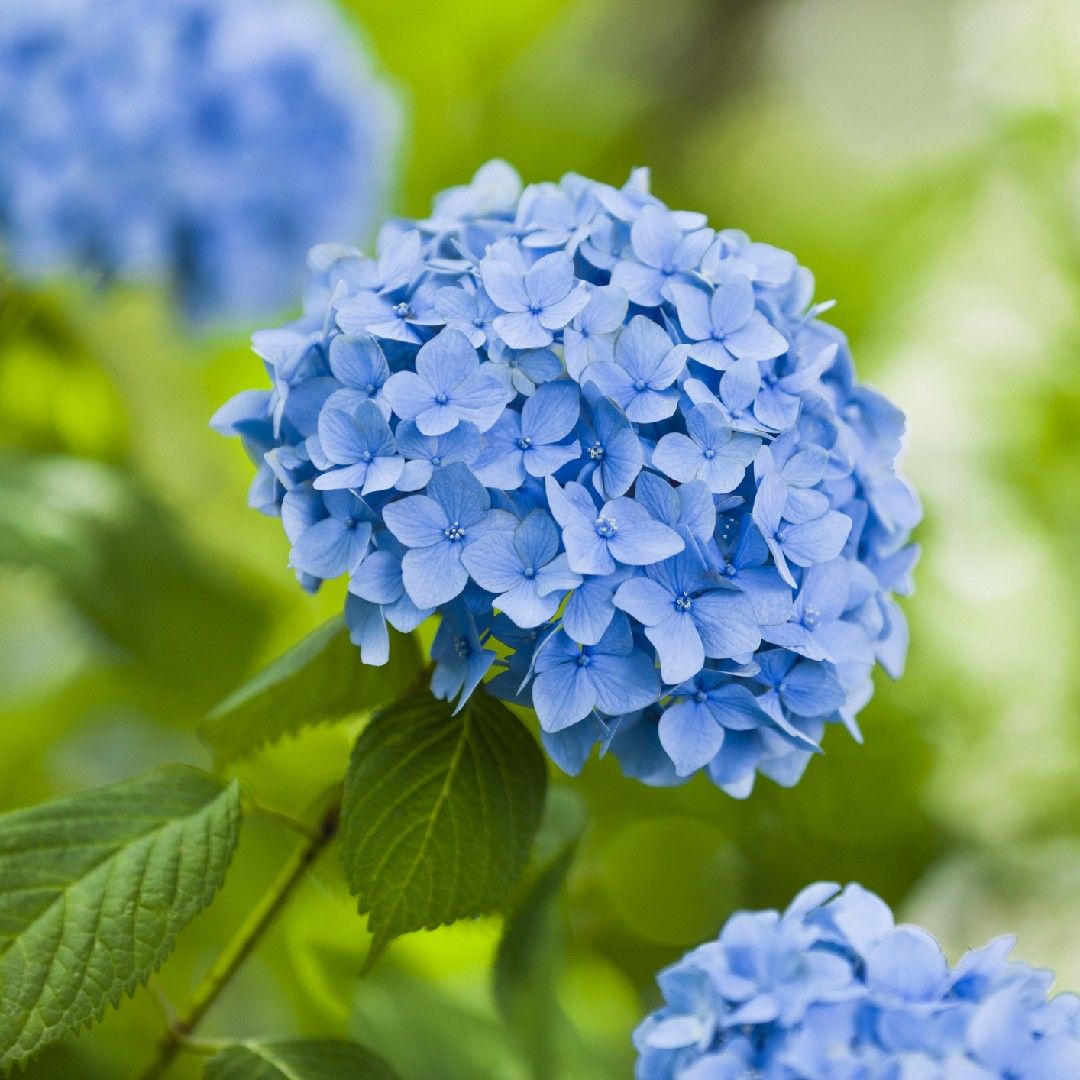
- Panicle Hydrangea (Hydrangea paniculata): This type of hydrangea is native to Asia. It has tall, cone-shaped flowers that bloom in the summer.
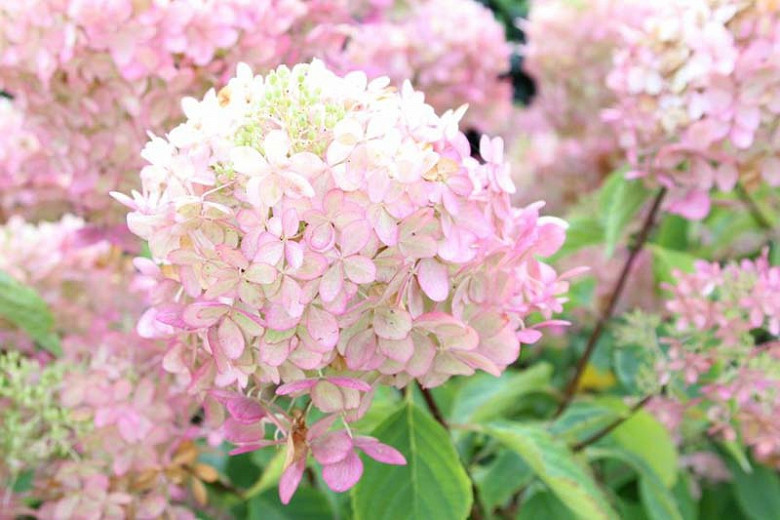
Caring for Hydrangeas
Hydrangeas are relatively easy to care for. They prefer full sun or partial shade, and they need moist, well-drained soil. Hydrangeas should be watered regularly, especially during the summer months.
To encourage blooms, hydrangeas should be fertilized in the spring. You can use a balanced fertilizer, such as 10-10-10.
Hydrangeas are relatively pest- and disease-free. However, they can be susceptible to powdery mildew. If you see powdery mildew on your hydrangeas, you can treat it with a fungicide.
Conclusion
Hydrangeas are beautiful, versatile flowers that can add a touch of elegance to any garden. With proper care, hydrangeas will thrive for many years to come.
The hydrangea is a beautiful flower that has been cultivated for centuries. The original hydrangea, known as the H. macrophylla, is native to Japan and China. These hydrangeas have large, showy flowers that can be blue, pink, or white.
If you're interested in learning more about the original hydrangea, I suggest you visit . This website has a wealth of information about the history, cultivation, and symbolism of hydrangeas. You can also find photos of different types of hydrangeas, as well as tips on how to care for them.
FAQ of original hydrangea
1. What is an original hydrangea?
An original hydrangea is a type of hydrangea plant that blooms pink or blue flowers, depending on the pH level of the soil. It is a hardy plant that can tolerate partial shade and blooms throughout the spring and summer.
2. What color are original hydrangeas?
The color of original hydrangeas can vary depending on the pH level of the soil. In acidic soil, the flowers will be blue, while in alkaline soil, the flowers will be pink. The pH level of the soil can be adjusted by adding lime to alkaline soil or sulfur to acidic soil.
3. How do I care for an original hydrangea?
Original hydrangeas are relatively easy to care for. They need to be planted in partial shade and watered regularly. They also benefit from being fertilized in the spring and summer.
4. How do I propagate an original hydrangea?
Original hydrangeas can be propagated by division or by cuttings. To propagate by division, simply dig up a mature plant and divide it into two or more smaller plants. To propagate by cuttings, take a 6-inch cutting from a healthy plant in the spring or summer. Dip the cutting in rooting hormone and plant it in a pot of well-draining soil.
5. What are some common problems with original hydrangeas?
The most common problems with original hydrangeas are leaf spot, powdery mildew, and aphids. Leaf spot can be treated with a fungicide, while powdery mildew can be treated with a fungicide or by increasing air circulation around the plant. Aphids can be controlled by spraying the plant with insecticidal soap or neem oil.
Image of original hydrangea
This is the most common type of hydrangea, and it is known for its large, showy flowers. The original color of Hydrangea macrophylla is white, but it can be dyed to other colors, such as pink, blue, or purple.

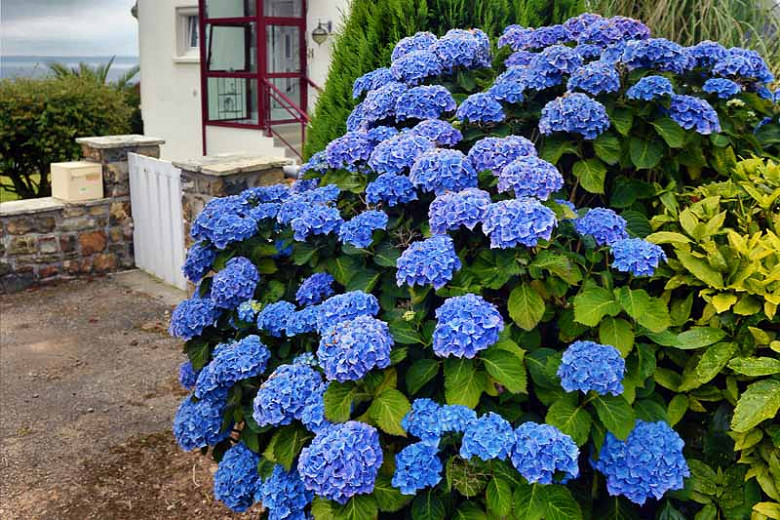
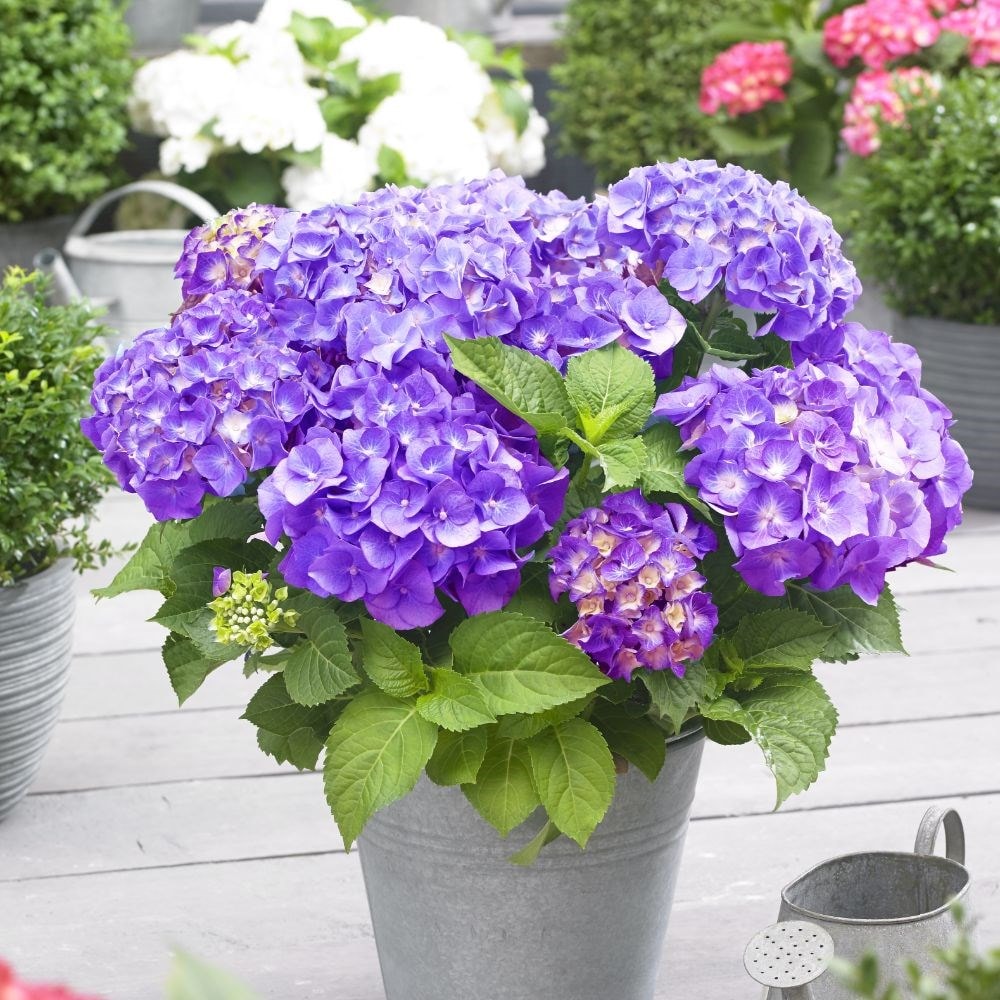
This type of hydrangea is known for its large, cone-shaped flowers. It is not as common as Hydrangea macrophylla, but it is still a popular choice for gardens.
This type of hydrangea is known for its small, white flowers. It is a hardy plant that is tolerant of cold weather.
This type of hydrangea is known for its small, pink or blue flowers. It is a relatively rare type of hydrangea, but it is a popular choice for bonsai enthusiasts.
This type of hydrangea is known for its oak-shaped leaves and its large, panicle-shaped flowers. It is a hardy plant that is tolerant of cold weather.
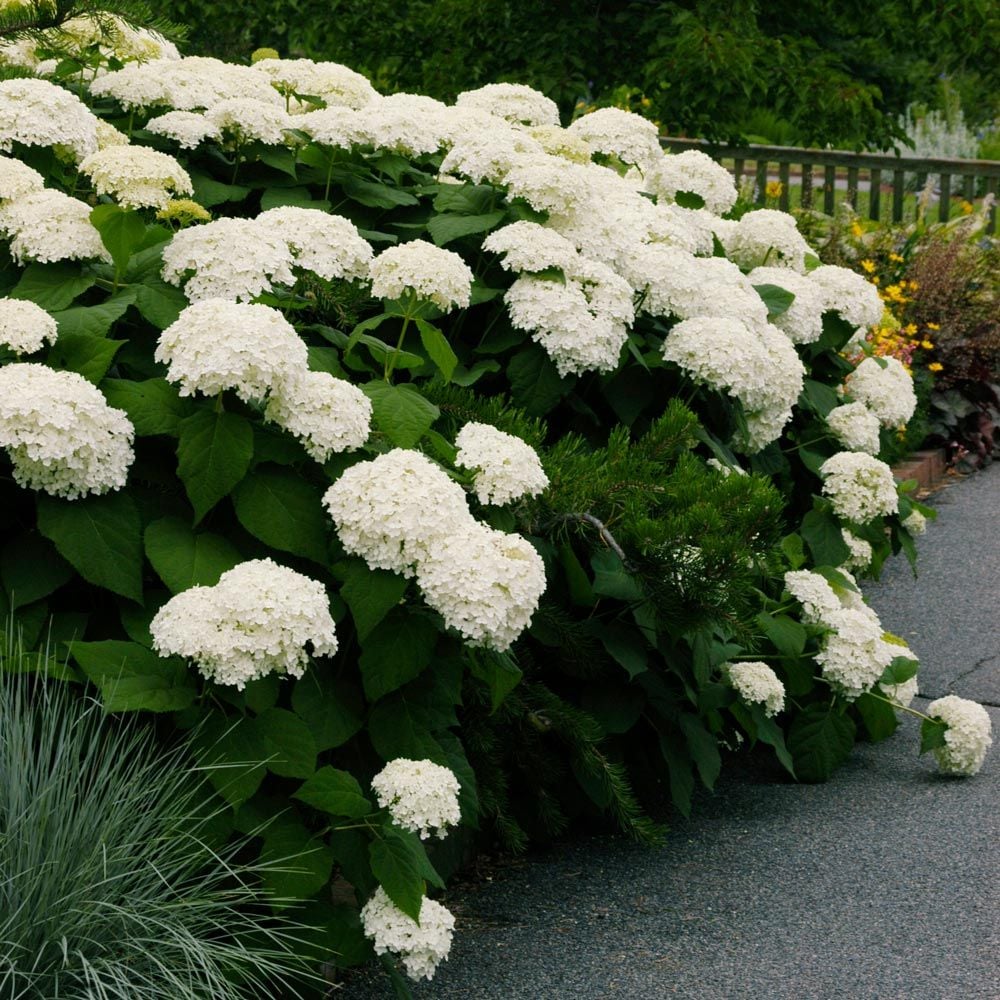

Post a Comment for "The Original Hydrangea: A Look Back At The History Of This Beautiful Flower"